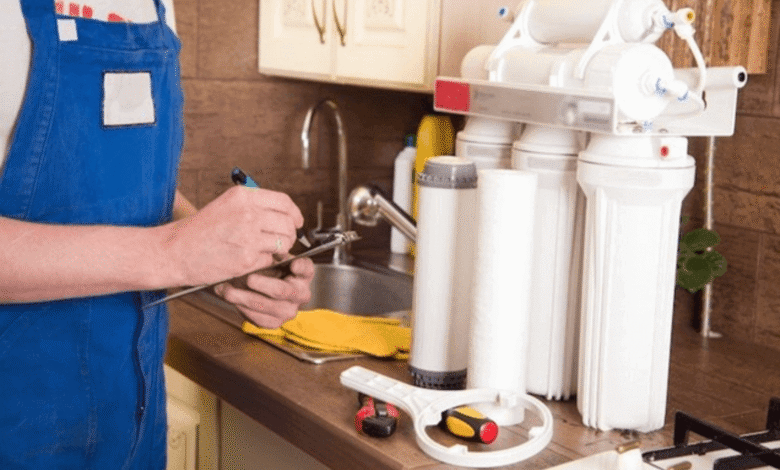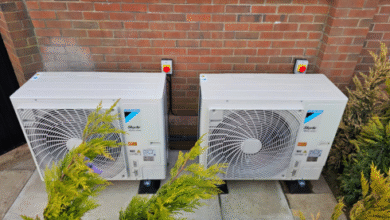When Your Water Carries More Than Just Memories: Understanding and Tackling Nitrate Contamination

There’s something deeply comforting about a glass of water drawn straight from your own well. It feels independent, like you’re not tied to the municipal system, not reliant on a monthly bill to keep your family hydrated. But here’s the truth that sneaks up on many homeowners: well water isn’t always as pure as we imagine. And one of the most stubborn, invisible troublemakers hiding in that clear glass is nitrate.
I remember chatting with a neighbor who had lived on well water for years. He swore it was “as clean as mountain springs.” Then one day, a water test flipped that narrative upside down. High nitrate levels. It’s the kind of discovery that rattles you—because you can’t see or taste it, but the risks to health are real. Babies, especially, are vulnerable. Pregnant women, too. And even for otherwise healthy adults, long-term exposure can carry consequences no one wants to gamble with.
So, what do you actually do about it? That’s where understanding nitrate removal from water becomes more than just technical talk—it becomes personal.
Why Nitrates Sneak Into Our Wells
The irony is that nitrates aren’t some alien chemical invading from outer space. They come from life itself—fertilizers feeding crops, manure enriching fields, and even decaying plant matter. Rain and irrigation wash those compounds downward, straight into groundwater. And once they’re there, they don’t politely leave on their own.
What makes it trickier is how widespread the problem is. Rural areas, farming communities, places where wells are common—you’ll often find nitrate levels creeping up. People assume that if their water looks crystal clear, it must be safe. Unfortunately, contamination doesn’t always show itself with color, odor, or taste. It’s one of those “silent” issues you only discover through proper testing.
The Hidden Risks That Hit Home
Nitrates in drinking water are particularly infamous for causing what’s sometimes called “blue baby syndrome,” a dangerous condition in infants that interferes with oxygen in the blood. That alone should be enough to get any parent’s attention. But even beyond that, some studies link long-term nitrate exposure to higher risks of certain cancers and thyroid problems.
It’s not fear-mongering—it’s a reminder that protecting your water is protecting your health. People often invest thousands into kitchen remodels, backyard decks, or new furniture, yet water—the one thing we literally consume every single day—sometimes gets overlooked.
The Tools That Actually Work
So, how do you fight back? The good news is that science has already solved this problem, and homeowners have options. Reverse osmosis is one of the most popular solutions. Picture it as a very fine barrier that weeds out contaminants, nitrates included, while letting the clean water pass through. Distillation, another method, works by boiling and condensing water, leaving unwanted elements behind.
But for most families looking for something that balances effectiveness with practicality, a nitrate filter system is often the go-to. It’s designed specifically to target and reduce those harmful compounds, and unlike a simple carbon filter (the kind you might find in a fridge pitcher), it’s engineered to deal with nitrates head-on.
Living With Well Water Means Living With Responsibility
Here’s the thing about wells: they’re yours, through and through. That’s a wonderful kind of freedom, but it also means no one’s watching over it for you. There’s no city department running routine tests. No anonymous worker flushing the system on your behalf. If you rely on a private well, testing your water regularly becomes non-negotiable.
And when tests do show elevated levels, the path forward usually points toward well water nitrate treatment. It’s not about chasing some idea of perfection—it’s about ensuring peace of mind. When you turn on the tap for a glass of water or boil pasta for dinner, you shouldn’t have to wonder what’s lurking unseen.
The Cost of Doing Nothing vs. Doing Something
Some people hesitate to invest in treatment systems because of the upfront cost. I get it—nobody likes to drop a chunk of money on something invisible. But compare that to the cost of long-term health issues, or even just the constant anxiety of wondering whether your water is safe. Suddenly, the value of having reliable treatment at home looks a lot more obvious.
And beyond the personal side, there’s also the bigger picture. Lowering nitrate levels in wells and households reduces overall environmental pressure. Less contamination means healthier soil, cleaner rivers, and a more balanced ecosystem. It’s one of those rare cases where a personal choice ripples outward.
A Glass Worth Trusting
Water is one of those everyday miracles we barely notice until something feels off. We trust it implicitly, pouring it into coffee mugs, baby bottles, or sports bottles without hesitation. But trust is earned, and when nitrates come into play, that trust needs a little backup.
Whether through advanced filtration, routine testing, or thoughtful maintenance, protecting your water supply is one of those investments that pays you back every single day. It’s not about turning into a water expert or obsessing over every detail. It’s about knowing that the glass you hand to your child—or drink yourself late at night after mowing the lawn—is as safe as it looks.




